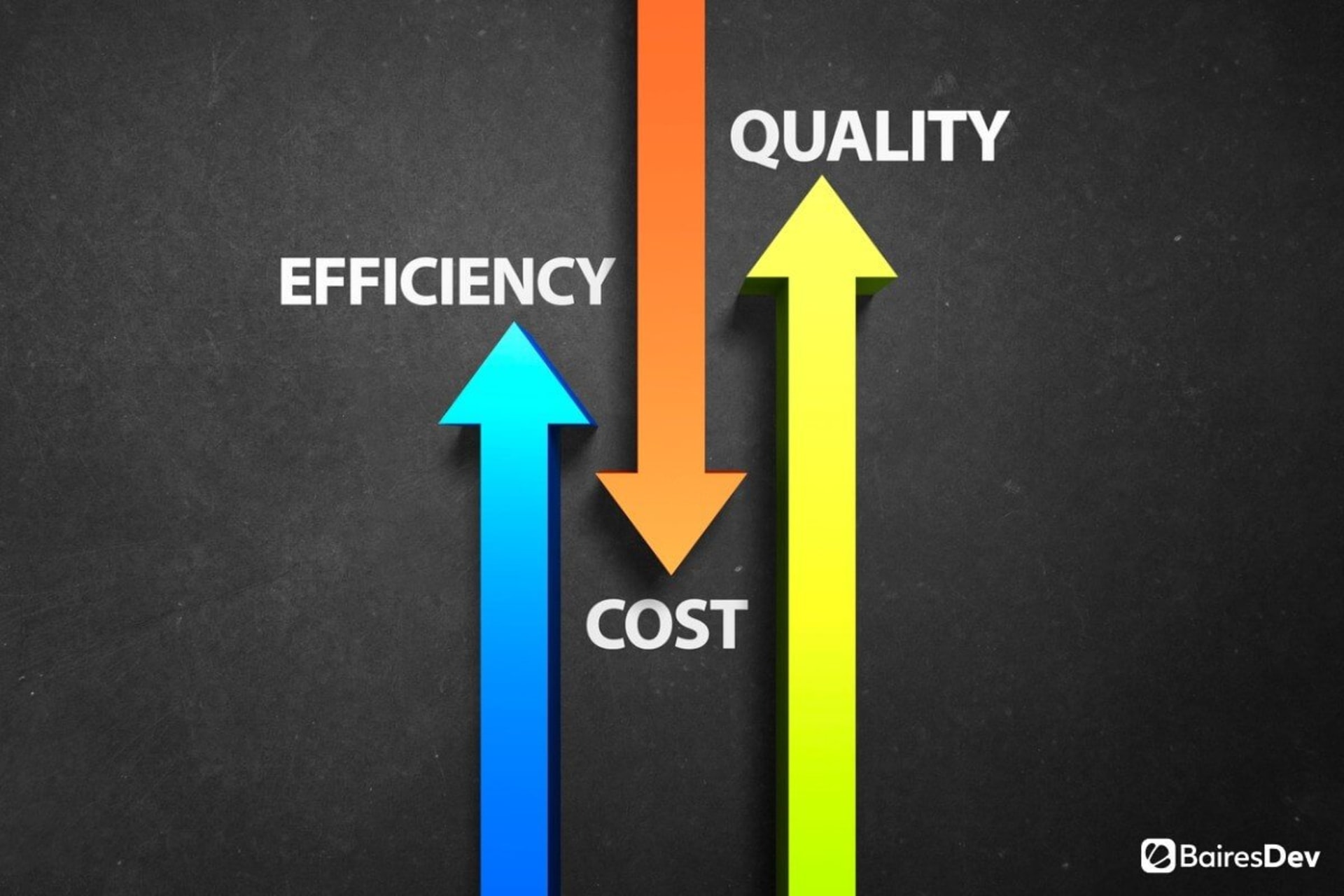Tech leaders are no strangers to assessing their systems and platforms’ capabilities and identifying gaps between their current state and a desired future state. Most of our projects and programs start with a gap assessment, and it serves as the basis for setting the scope of a systems implementation or multi-year technology strategy.
This same thinking should be applied to capabilities beyond just the technology we design, implement, and manage. Too many technology leaders will perform painstaking assessments of their systems but fail to apply the same approach to their teams’ skills, competency, and relationships. A brilliant, multi-year technology strategy that maps out a carefully orchestrated tech rollout does little if you don’t have the right people or necessary skills to execute the plan.
Perform a Human Capability Assessment
The same thinking you’ve applied to a technical gap assessment should be applied to your human capabilities. You can use your technology strategy, project portfolio, or any other longer-term plan that details what technologies, systems, and initiatives you’ll be managing in your portfolio.
Just as a chef needs to decide the style of cuisine and design the menu before they can source ingredients, so too do you need to determine your “menu” of initiatives before sourcing the individuals and teams that will deliver your metaphorical meal.
For each essential element of your future state plan, assess the skills required to implement that vision. This can be a somewhat complex task and may require external expertise, particularly in emerging areas like digital.
For example, suppose your tech strategy has several consumer-facing mobile apps. In that case, it might not be immediately apparent that you’ll require user experience and visual designers, front and backend developers, and perhaps new cyber security and platform capabilities.
You should also assess the skills you already have in-house or have ready access to through vendor and partner relationships. Perhaps your technology shop has built an exceptional project management capability or has great in-house enterprise app development resources. This task is equivalent to mapping the “as is” state of a process or technology, a practice with which you should already be familiar.
Now, you should have a robust understanding of your capabilities today, your future destination, and the information required to start identifying skill gaps.
Identify the “Durable” Capabilities
At this stage of the process, it should quickly become apparent where you have skill gaps. It may be tempting to hammer out an email to HR and spin up the hiring process, or send an IM to procurement and ask them to start typing up RFPs for external help. However, it’s worth pausing and assessing each capability, asking yourself and your team:
- Is this a capability we should “own” in-house for strategic reasons despite a potentially significant cost?
- How hard is it to build a team around this capability?
- How quickly do we need to acquire a productive version of this capability?
These questions will serve as the basis for your sourcing strategy. Each capability gap can be filled by some variation of these 3 acquisition strategies:
- Build the capability internally, either by hiring full-time staff, training and transitioning existing staff, or using external resources to train the team
- Rent the capability from a partner or vendor, allowing that company to provide the people, methodologies, and support structures to fill a capability gap quickly
- Buy the capability by acquiring another company that already has it
Most technology leaders have limited influence on their company’s M&A (Mergers & Acquisitions) process, so the option to buy a capability is usually the result of a fortuitous strategic acquisition. While generally outside our direct influence, if your company is acquiring another organization, it’s always worth updating your capability assessment based on whatever new talent will arrive with the acquisition.
Building Versus Renting in the Digital Era
| Build | Rent | |
|---|---|---|
| Popularity | Gaining interest for companies looking for customization and long-term benefits. | Very popular for startups and businesses looking for a quick start and less upfront investment. |
| Applications | Suitable when proprietary technology, data security, or customization are priorities. | Ideal for standard functions, non-core activities, or when time-to-market is crucial. |
| Key Advantages |
|
|
| Key Disadvantages |
|
|
| Cost-Effectiveness | Potentially more cost-effective in the long term, but higher upfront costs. | More cost-effective in the short term due to lower upfront costs, but might be less efficient in the long run. |
| Infrastructure | Provided by the company. | Provided by the service provider. |
| Training | Training for the specific technology or platform is needed. | Minimal training is usually required as most solutions are user-friendly. |
| Communication | Direct and continuous communication with the internal team. | Communication depends on the service level agreement with the provider. |
| Flexibility | High flexibility in terms of modifications and enhancements. | Depends on the provider’s flexibility and the type of service agreement. |
| Security | High; Complete control over security measures. Explain: You control and implement all security measures in line with your company’s policies. | Mid; Dependent on the provider’s security protocols. Explain: While most providers offer robust security measures, you are dependent on their practices and response in case of a security incident. |
| Tools and Processes | Dictated by the company’s specific needs and capabilities. | Dictated by the service provider, but can sometimes be customized. |
| Agreements | Long-term, considering the initial investment in building capabilities. | Can be short or long term, depending on the business needs and the provider’s offerings. |
Many tech leaders automatically assume that building a capability is the superior option to renting that capability from a partner. This can be particularly attractive in the digital era, when the idea of hiring a bunch of young designers or app developers is seen partially as some variation of making IT “cool.”
However, a careful assessment of your capability requirements and gaps should have revealed that some seemingly-simple capabilities can have high acquisition costs and tradeoffs. Many digital capabilities require multiple team members to deliver or have one or two “hot skills” required to make them functional. Just as a puzzle with a few missing pieces is frustrating, so too is a half-baked digital capability that fails to deliver due to missing pieces.
If you have a partner with the capabilities you’re considering, with whom you have a trusting relationship, share some of your capability gaps and ask them what the teams would look like to fill those gaps. You’ll find some incremental capabilities to what you already have in-house or can be acquired through a relatively straightforward upskilling of existing staff. Others might be more complex than you’d assumed, and make ready candidates for renting due to their complexity and cost of acquisition.
For example, a capability to produce consumer-grade front-end apps requires a half-dozen individuals with different skillsets, that employ a vastly different design and delivery process than you may be used to. Rather than hiring a promising visual designer or two and being shocked that they can’t translate their lovely mockups into front-end code, perhaps a backend API developer would have been more valuable.
Also, consider how often you’ll need a given capability. Digital requires a wide variety of capabilities, but several may be sporadic needs for your organization. For example, ethnographic research, journey mapping, app testing, and technical architecture might seem like wonderful capabilities to have in-house, but will result in expensive resources with little to do between bursts of intense activity.
Per-hour cost should be relatively low on your consideration set. Acquiring an expensive resource that’d be disused, or renting a cheap resource without supporting capabilities are both poor uses of limited financial resources and ultimately will handicap your ability to meet your objectives.
Focusing on the capabilities you need, assessing their durability and long-term importance to your strategy, and ultimately using those criteria to drive your decision will power your organization through the digital era.







